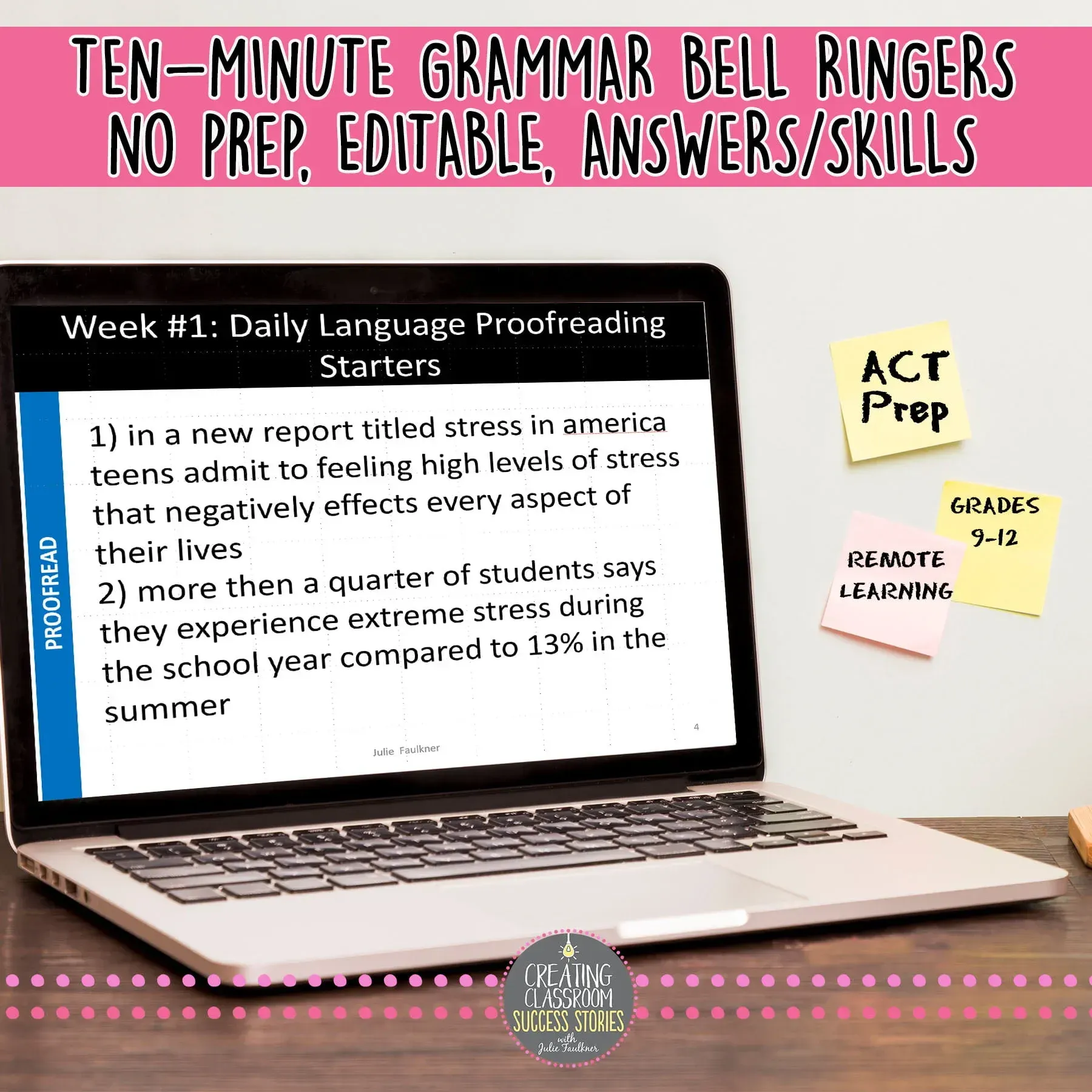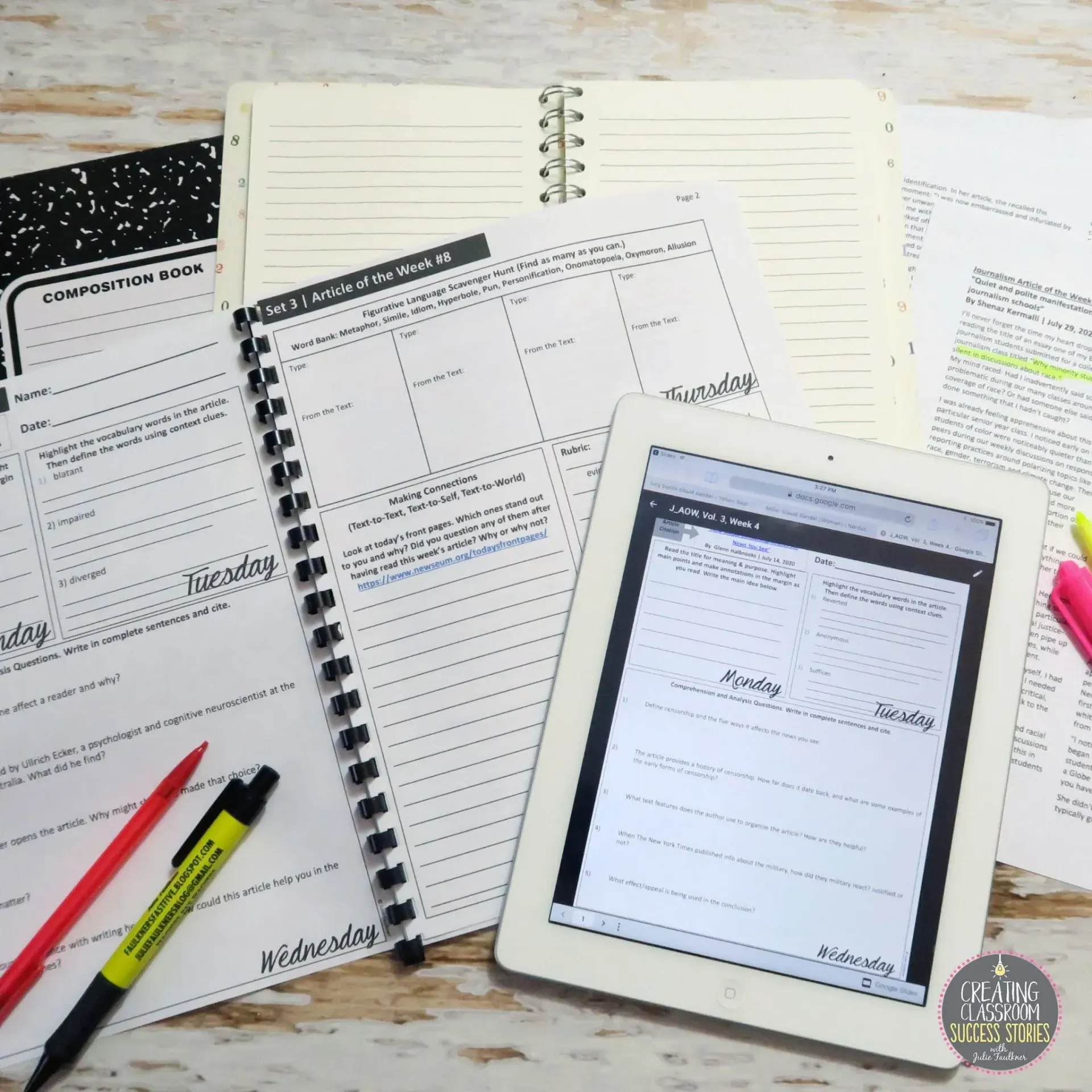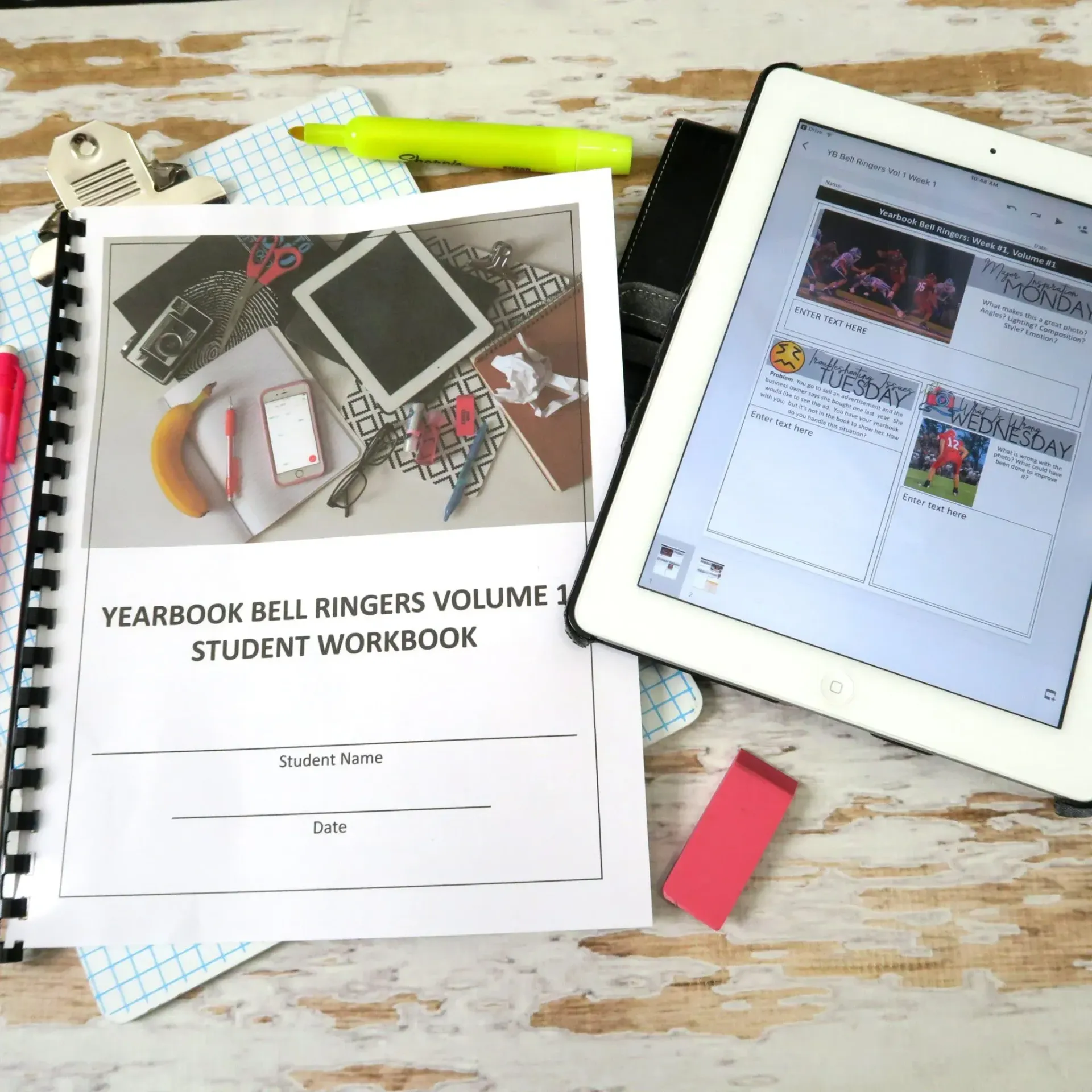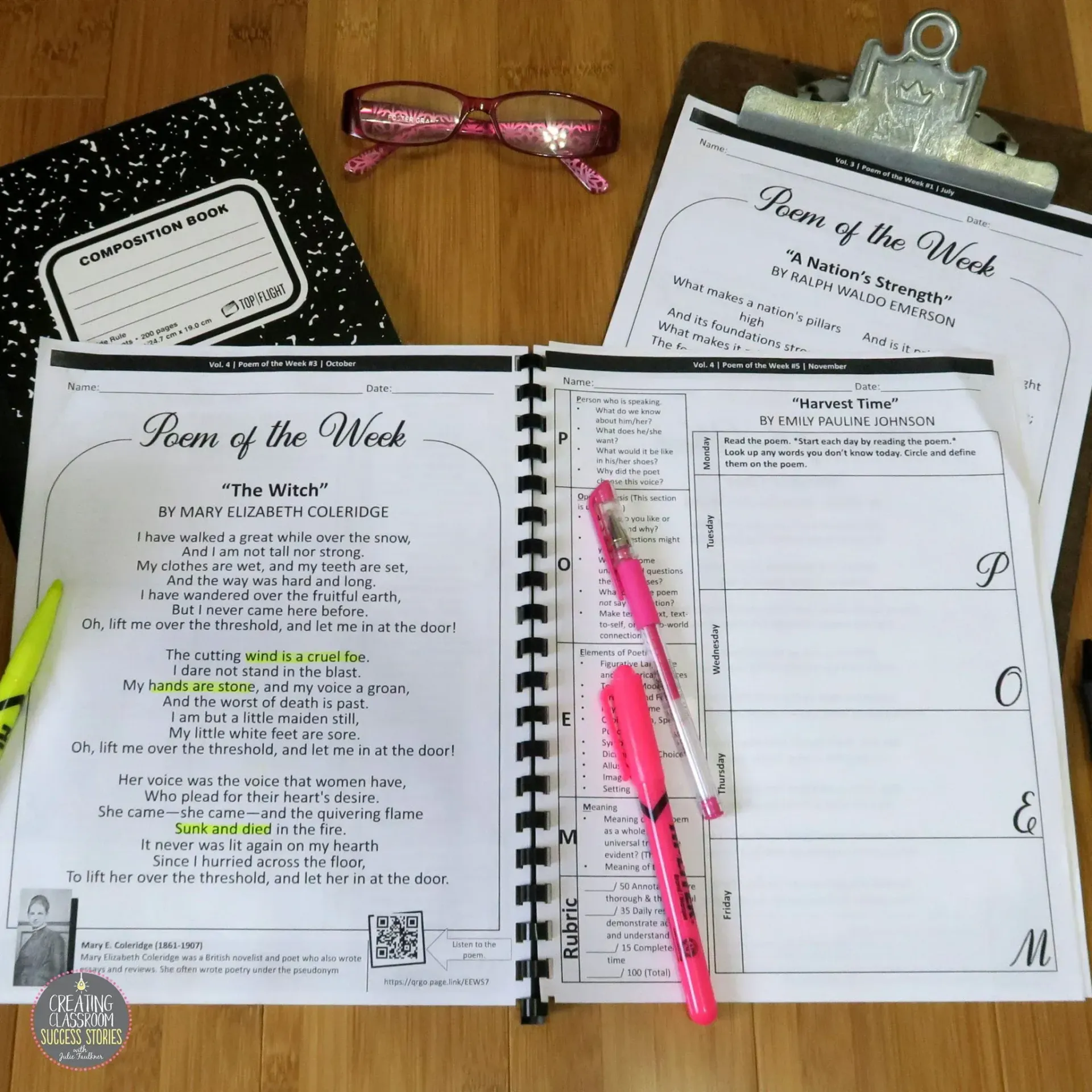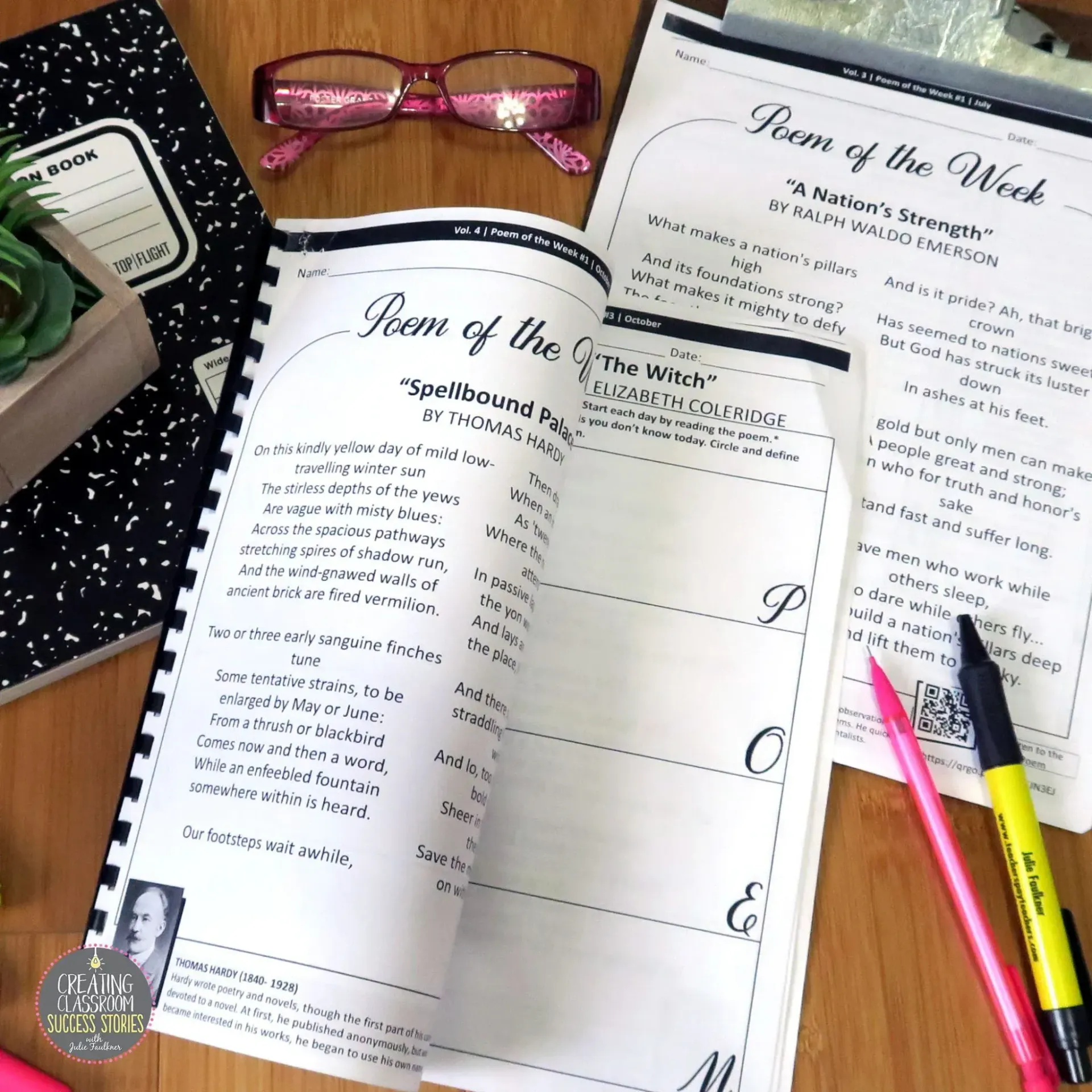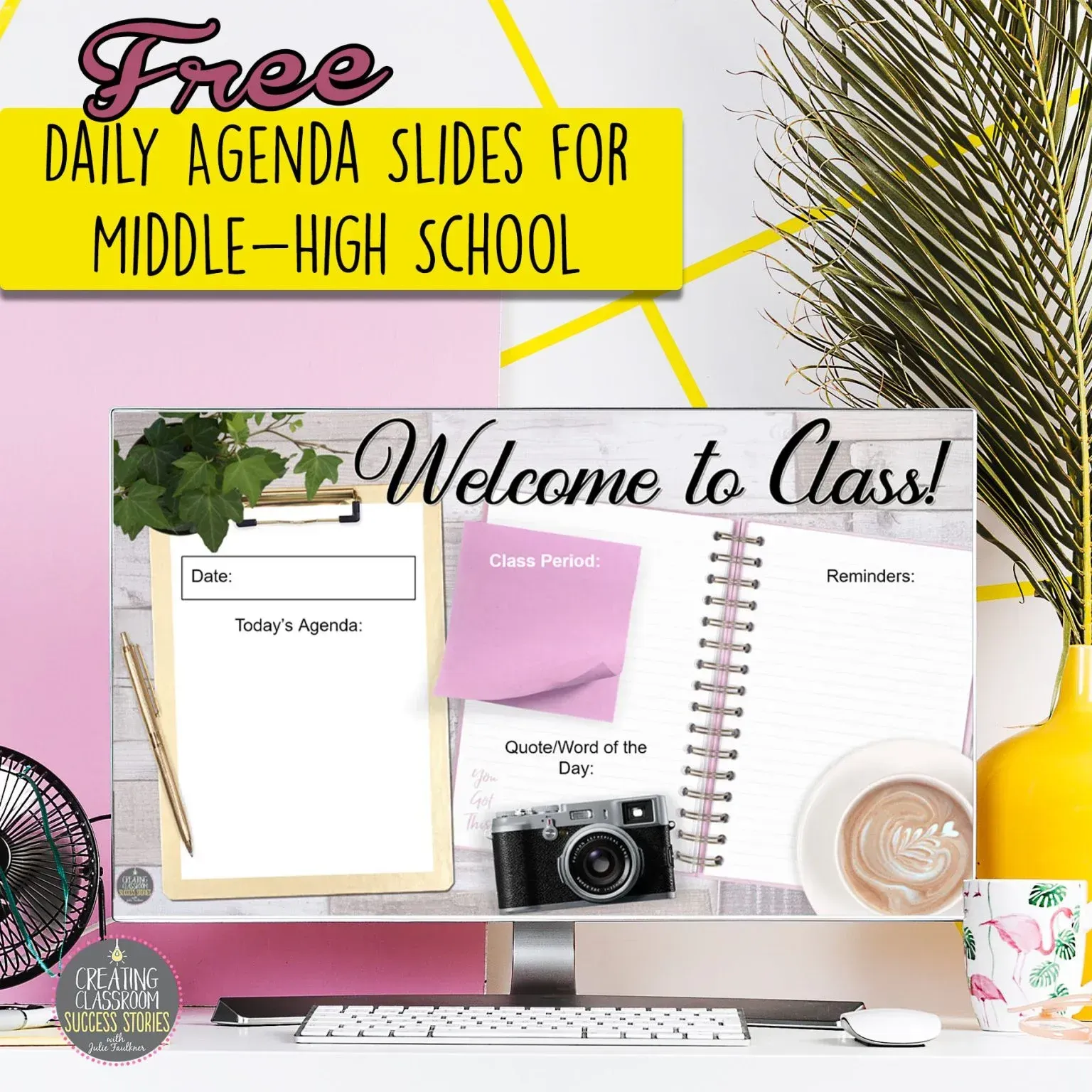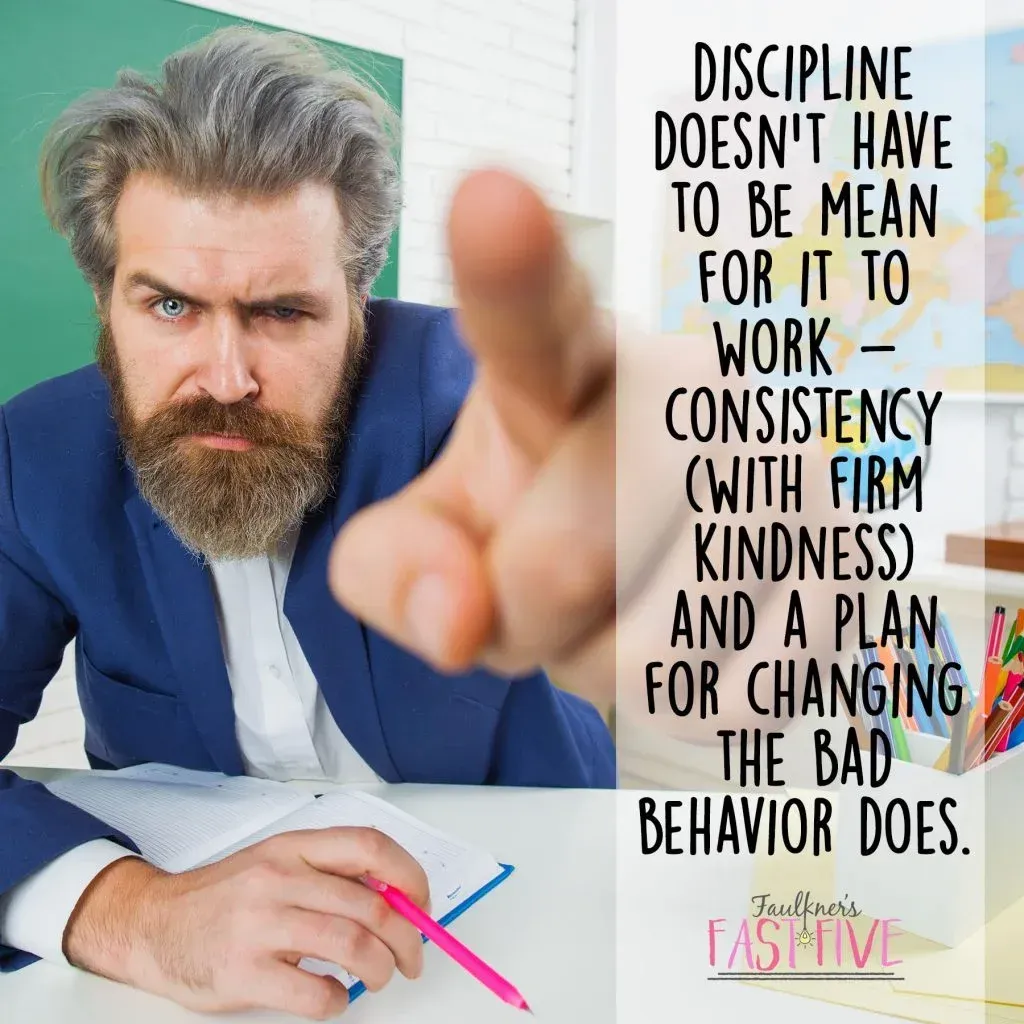Classroom Management Tips | Series: Creating Your Own Classroom Success Story
Running a successful classroom requires more than just being solid in your content; there are so many aspects that go into it. In this series “Creating Your Own Classroom Success Story,” I’m sharing one piece of the formula at a time. The first piece to having a classroom success story is classroom management, and this might just be the hardest part of all. You could be super solid in your content knowledge and have the best lesson plan in the world but struggle with classroom management, and teaching will always be an uphill battle. The truth is – we all struggle with classroom management at first and all the time, too! What teachers really want the most is for their students to learn, and having a solid plan in place for classroom management can make that goal a reality. Over the years I’ve learned — from making many mistakes — some classroom management tips that work, and I’m excited to share them in this post to kick off my “Creating Your Own Classroom Success Story Series.”
1. ENGAGE THE STUDENTS FROM BELL TO BELL.
Students need to be engaged – not just busy – on something in my classroom from bell to bell. I believe in the power of a great bell ringer. By “great bell ringer” I mean something that matters. Actually, that “something that matters” philosophy applies to everything I do. I’ve seen cutesy bell ringers, and those are fine and better than kids running amuck at the beginning of the period, but I choose grammar for my bell ringers because I know my kids are preparing for ACT, SAT, and/or writing test and they need/want to improve their grammar scores. There’s my engagement, my buy-in, and my motivation. An article of the week, poem of the week, or even a paragraph of the week program work really well for a bell ringer routine, too. You can also read more about how and why I use bell ringers at this post.
2. Forgive and Forget
This one is so hard, but really, we are adults. Kids are kids. They are going to mess up – and so are we, for that matter. But what good does it do to hold a grudge against a teenager? It does no good, actually. It creates tension and a ripple effect. Once kids see you mistreating one student, either they will do the same, or they all turn on you. It’s not pretty. I think this one ties in with the idea of consistent and fair discipline and consequences that make sense. I’ve never been a big fan of letting the admin fight my small battles for me. For example, why does a child need to go to the office to be punished for not having a pencil? Just give him a pencil and move on. Why create a barrier against his learning? Sometimes that pencil is a symptom of something larger, and it’s worth checking out. Knowing the back story that’s causing the issue can be huge in figuring out a solution to change the bad behavior. Sometimes it’s a kid testing to see how far he/she can go. I once had a student not bring a pencil to my class every day for a week straight. He was doing it on purpose. On the 5th day, we had “the talk.” This kid was used to being screamed at and sent to the office. I think that’s what he wanted. Instead, I told him that I needed him to bring his own pencil so he could show me he respected me and my class, and that was the end of it. No screaming, no nagging, no office visits. He brought a pencil every day for the rest of the year.
3. LISTEN To Students
It was only recently that I began to learn the value of allowing students to reflect on the lesson and their own learning. I often spend time debriefing with students at the end of the lesson to have them tell me what worked and what didn’t work. The 3-2-1 strategy is really simple, and students can do it alone, with a partner, or as a whole class. I change it up, but we do three things that worked in the lesson, two things that could be changed, and one thing that didn’t work at all. Other times I’m less formal, and I’ll just ask students to tell me what they need me to teach. For example, when seniors are doing a writing unit, instead of preplanning a list of writing workshops I think they need, I ask them to make me a list.
Another way listening works in my favor doesn’t really have anything to do with class. Sometimes kids just want to talk about the game, their job, how lousy lunch is, or their prom dress. Does this happen during class? Of course not. So, I have to be available every now and then before class, after class, and sometimes during lunch. It’s the relationship concept – a healthy relationship – that opens up the respect lines. Kids who respect you – and see you as a real person – will perform so much better than kids who feel isolated, insecure, unseen, and undervalued.
4. Have a Plan & Procedure, but be Flexible
This point starts with a time when my lesson plan was unsuccessful. I wanted my students to get into groups with their desks to complete an assignment. It was the beginning of the year, and this was the first we had ever done an activity like this in my classroom. I just said, “Go” and expected them to get into groups beautifully and work productively. It was a disaster. Kids were sitting every which way and half didn’t even have a clue what was going on. I was frustrated and mad at them, and they were so confused. The next day I apologized as soon as class started. I don’t know what came over me that day to just turn them loose like that, but it has NEVER happened since. Now they don’t move until I give the signal, so I can make sure everyone is clear on the directions and that I’ve given enough examples. I even show them how to form neat groups. We know who will be in the group first and foremost. I even have numbers hanging from my ceiling so that students know exactly where to sit when we number off for groups. (You can also do this with table numbers and photo stands.) It may seem like micromanaging, but in a short class period with 25+ kids, it’s the only way to get things done so that we have plenty of time for the task at hand.
There is a difference, too, between rigid and organized. Kids feel uncomfortable with rigid — “my way or the highway” attitude — but they appreciate organization. Routines are healthy and productive. Chaos is not.
“Routines are healthy and productive. Chaos is not.”
– Julie Faulkner
Another key piece to a planned-out management strategy is sharing that plan with students. In addition to writing an overview of each day on the board at the beginning of the week, I use a daily agenda Google slide, too. I set it up at the end of the day for the next day, so I am on track with what I need to plan or prepare. The great part is that it helps keep me AND my students on track.
Here me talk about it more here and see more information here in this Instagram post.
5. Discipline Consistently
Once I was asked to watch a group of kindergarten boys in the Awanas class at church. It just so happened that these were the rowdiest boys in the bunch, and they were all in the same class. The coordinator asked me if I would watch them and told me, “You can handle them. I heard you were mean.” She said it as a joke and without any malice, but I guess it did indicate that someone had noticed my kids are usually well-behaved, listening, and on task. The assumption someone made, of course, is that I must be mean if my students behave. So, it got me thinking. I’ve seen teachers scream, get rough with kids physically, and call kids names. That’s mean. I’m not mean. None of that is my approach. I set up a plan, and execute it. I deal with minor stuff when necessary, and I don’t nitpick. I am consistent. I take what we are doing seriously, and I expect students to have that same attitude as well. I find what motivates kids and capitalize on it. Kids have to see that doing what’s right is right because it gets things done, and it allows me to be proud and brag about them. More importantly, they learn to be proud of themselves. Is this how it plays out every day? No, of course not, but discipline doesn’t have to be mean for it to work – consistency (with firm kindness) and a plan for changing the bad behavior does.
Love this content?
Sign up for my email newsletter with more tips, ideas, success stories, and freebies!





